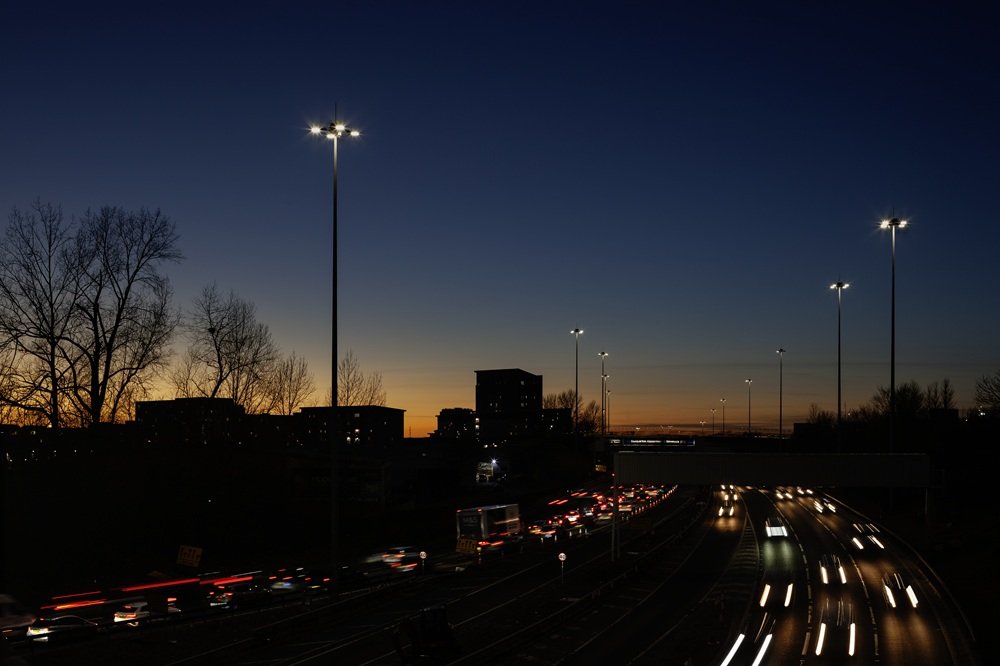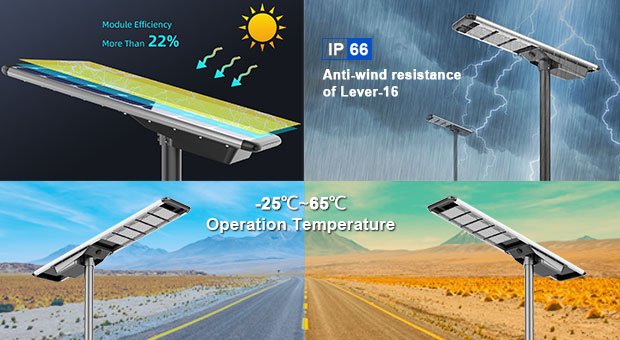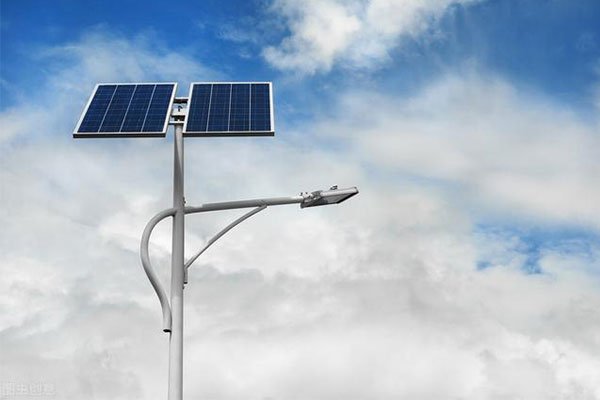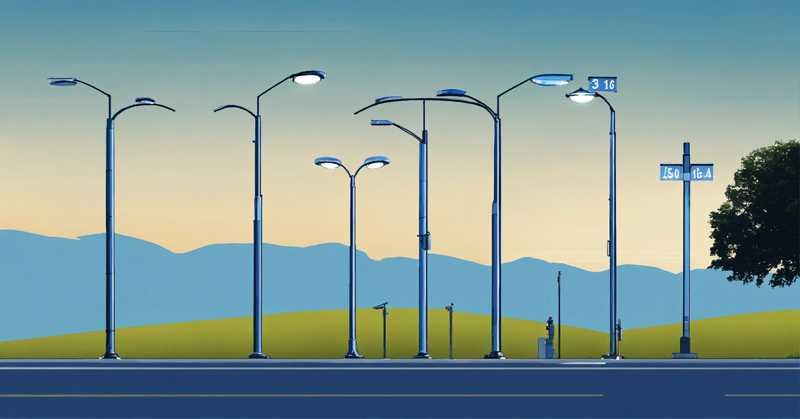Solar street lights typically last between 5 to 25 years, depending on their components. High-quality LED lamps, lithium batteries, and advanced controllers ensure long-term durability with minimal maintenance costs.
How long do the key components of solar street lights last?
The lifespan of a solar street light depends on its solar panels, battery, LED lamp, and controller. Each component has a different longevity and maintenance requirement.
Lifespan of Major Solar Street Light Components
| Component | Average Lifespan | Factors Affecting Longevity |
|---|---|---|
| Solar Panels | 20–25 years | Panel quality, UV exposure, dirt accumulation |
| LED Lamp | 50,000–100,000 hours (~10–20 years) | Heat dissipation, driver quality |
| Battery | 3–10 years | Battery type, charge cycles, temperature conditions |
| Controller | 5–10 years | Firmware updates, moisture resistance |
| Light Pole & Housing | 15–20 years | Material quality, corrosion resistance |
Component-Specific Insights
- Solar Panels: Monocrystalline panels last longer and perform better in low-light conditions than polycrystalline ones.
- LED Lamps: High-quality LEDs with good heat dissipation have longer lifespans.
- Battery: Lithium-ion and LiFePO4 batteries last longer than traditional lead-acid batteries.
- Controllers: Smart MPPT controllers enhance battery efficiency and extend component life.
How to optimize the lifespan of solar street lights?
Proper battery management, regular cleaning, and smart maintenance strategies can extend the life of solar street lights.

1. Battery Management for Longer Life
- Use LiFePO4 batteries for extended lifespan (8–10 years).
- Install smart charge controllers to prevent overcharging and deep discharge.
- Keep batteries at optimal temperatures (avoid extreme heat or cold).
2. Regular Cleaning & Inspection
- Solar Panels: Clean dust and debris every 3–6 months to maintain efficiency.
- LED Lamps: Check for dimming or flickering signs indicating component failure.
- Battery & Controller: Inspect for corrosion, loose connections, or overheating.
3. Weatherproofing & Corrosion Protection
- Use IP65+ rated enclosures to protect electrical components.
- Apply anti-corrosion coatings to metal poles in humid areas.
4. Firmware & System Updates
- Upgrade controller software for optimized power management.
- Implement IoT monitoring to detect issues before failure occurs.
How often should solar street lights be replaced, and what are the costs?
Solar street lights typically require battery replacement every 5–10 years, while other components last 15–25 years, reducing long-term costs.

Replacement Cycles for Different Components
| Component | Recommended Replacement Cycle | Estimated Cost |
|---|---|---|
| Battery | Every 5–10 years | $100–$500 per unit |
| LED Lamp | Every 10–20 years | $50–$200 per lamp |
| Controller | Every 5–10 years | $30–$150 per unit |
| Solar Panel | Every 20–25 years | $200–$800 per panel |
| Pole & Housing | 15–20 years | $300–$1,500 per pole |
Total Cost of Ownership (TCO) Calculation
- Initial Investment: $1,000–$3,000 per solar street light (depends on specs).
- Maintenance Costs: $50–$200 per year for cleaning and inspections.
- Battery Replacement: Every 5–10 years (~$200–$500 per replacement).
- Overall Savings: Eliminates electricity bills, reducing long-term expenses compared to traditional grid-powered lights.
Conclusion
A high-quality solar street lighting system can last over two decades with proper maintenance. While battery replacement is required every 5–10 years, smart energy management and routine maintenance significantly extend its lifespan. Investing in durable components and adopting proactive maintenance strategies ensures long-term efficiency and cost savings.







